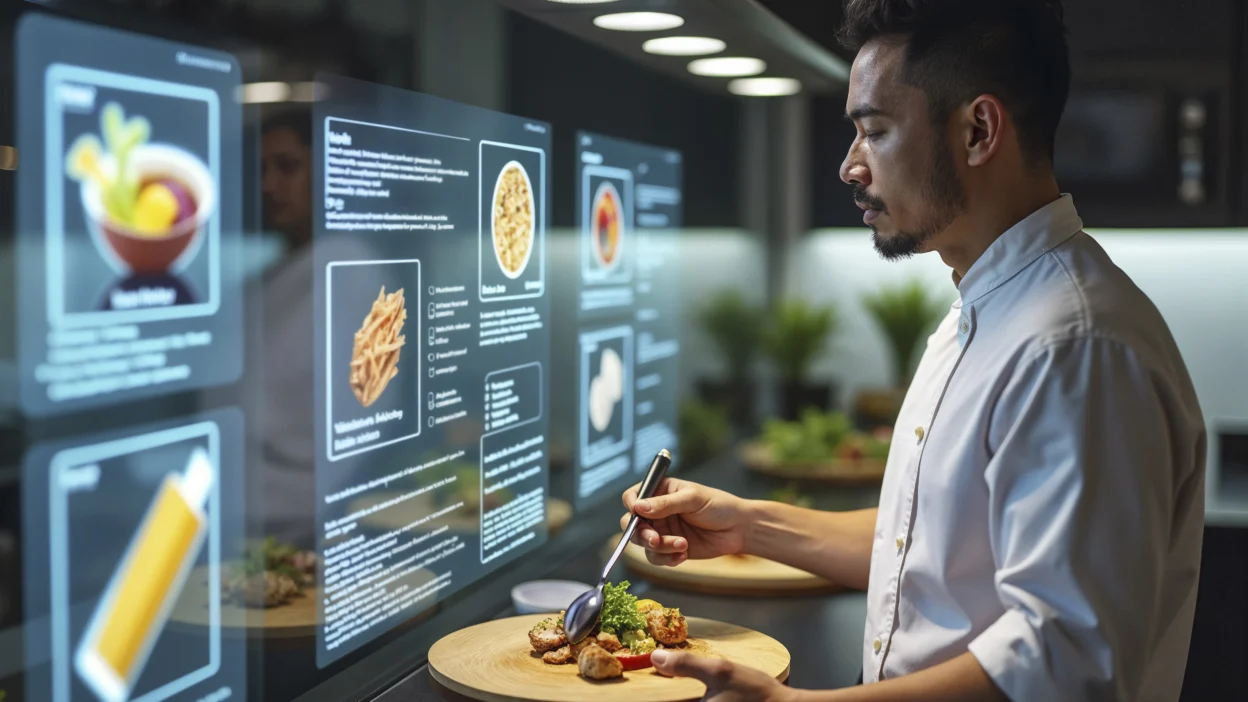In the rapidly evolving food industry, cloud kitchens have emerged as a game-changer for entrepreneurs looking to break into the market with minimal overhead and maximum efficiency. Also known as ghost kitchens or virtual kitchens, it operates exclusively for delivery, leveraging digital platforms to reach customers without the need for a traditional dine-in space. This innovative business model is transforming the startup landscape, offering a low-risk, high-reward opportunity for aspiring restaurateurs. In this blog, we’ll explore what a cloud kitchen is, its benefits, challenges, and key steps to launching a successful one.
What is a Cloud Kitchen?
A cloud kitchen is a professional food preparation and cooking facility designed solely for producing meals for delivery or takeout. Unlike traditional restaurants, they eliminate the need for a physical storefront, dining area, or front-of-house staff. They operate through online food delivery platforms like Uber Eats, DoorDash, or local equivalents, allowing businesses to focus on food quality and efficient operations. This model is ideal for startups due to its cost-effectiveness and scalability, making it a popular choice in the competitive food industry.

Why Choose a Cloud Kitchen for Your Startup?
The rise of food delivery apps and changing consumer preferences have fueled the popularity of cloud kitchens. Here are some compelling reasons to consider this model for your startup:
- Lower Startup Costs: Operating them significantly reduces expenses compared to traditional restaurants. You don’t need to invest in prime real estate, interior decor, or extensive staffing. A well-equipped kitchen in an affordable location is enough to get started.
- Scalability and Flexibility: They allow entrepreneurs to test multiple cuisines or brands from a single location. For instance, you can run a pizza brand, a burger joint, and a vegan menu under one roof, optimising kitchen resources and reaching diverse customer segments.
- Focus on Digital Presence: Since these kitchens rely on online orders, your marketing efforts shift to digital platforms. A strong online presence, optimized menus, and targeted social media campaigns can drive orders without the need for physical signage or walk-in traffic.
- Adaptability to Trends: The cloud kitchen model is perfect for capitalising on food trends, such as plant-based diets or gourmet comfort food, without committing to long-term leases or large-scale operations.
Challenges of Running a Cloud Kitchen
While the cloud kitchen model offers numerous advantages, it’s not without challenges. Understanding these hurdles can help you prepare for success:
- High Competition: The low entry barrier for cloud kitchens means you’ll face stiff competition. Differentiating your brand through unique offerings, quality, and branding is crucial.
- Dependence on Delivery Platforms: Partnering with third-party delivery services can eat into profits due to commission fees. Building a direct ordering system or negotiating better terms can mitigate this.
- Customer Trust: Without a physical storefront, establishing trust and loyalty requires consistent food quality, timely deliveries, and excellent customer service.
- Operational Efficiency: Cloud kitchens demand streamlined operations to handle high order volumes. Investing in technology, such as kitchen management software, is essential to avoid bottlenecks.

Steps to Launch a Successful Cloud Kitchen
Ready to start your cloud kitchen? Follow these steps to turn your vision into reality:
- Market Research: Analyse local food trends, customer preferences, and gaps in the market. Identify high-demand cuisines or under served areas to position yourself for success.
- Create a Business Plan: Outline your budget, target audience, menu, and revenue projections. A solid plan will guide your startup and attract potential investors.
- Choose the Right Location: While these kitchens don’t need prime retail space, proximity to your target customers reduces delivery times and costs. Look for affordable, well-connected areas.
- Invest in Equipment: Equip your kitchen with commercial-grade appliances suited to your menu. Prioritize efficiency and durability to handle high-order volumes.
- Build a Strong Online Presence: Create a user-friendly website and partner with popular delivery platforms. Optimize your menu with cloud kitchen-focused keywords to improve searchability and attract customers.
- Streamline Operations: Use technology to manage orders, inventory, and deliveries. Tools like POS systems and delivery tracking software enhance efficiency in a cloud kitchen.
- Market Your Brand: Leverage social media, influencer partnerships, and promotions to build awareness. Highlight what makes your kitchen unique, whether it’s sustainable packaging or exclusive dishes.
The Future of Cloud Kitchens
The cloud kitchen model is here to stay, driven by the growing demand for convenience and the rise of food delivery apps. As technology advances, the online food market will likely integrate AI-driven analytics, automated cooking systems, and eco-friendly practices to stay competitive. For entrepreneurs, this model offers a low-cost entry into the food industry with endless possibilities for innovation.
Starting a cloud kitchen is an exciting opportunity to tap into the future of dining. By focusing on quality, efficiency, and digital marketing, your startup can thrive in this dynamic market. Ready to cook up success? Dive into the world of cloud kitchens and serve your customers one delicious delivery at a time.





